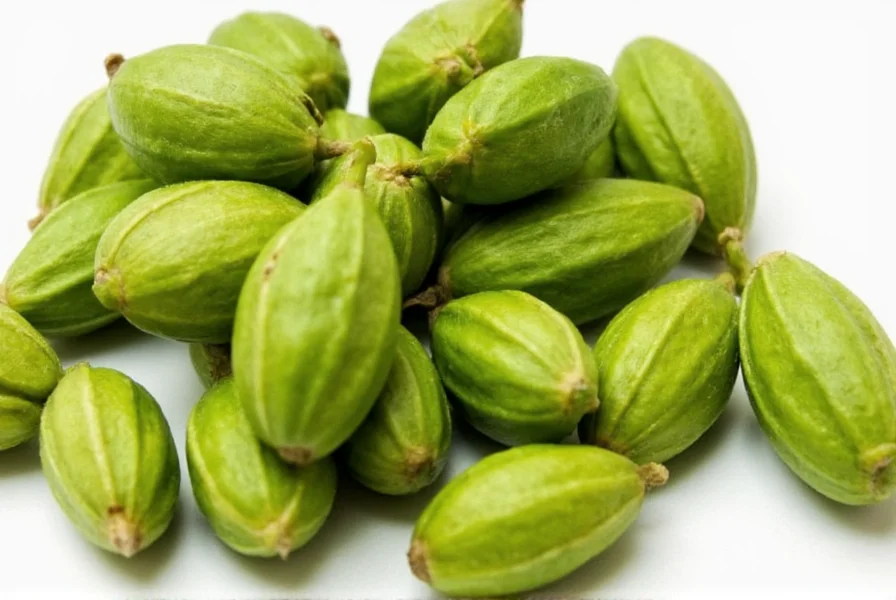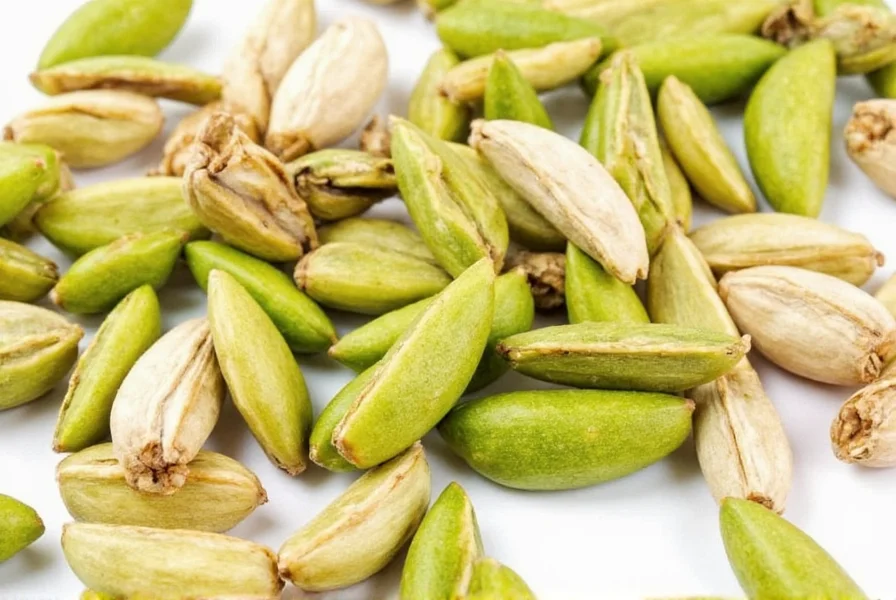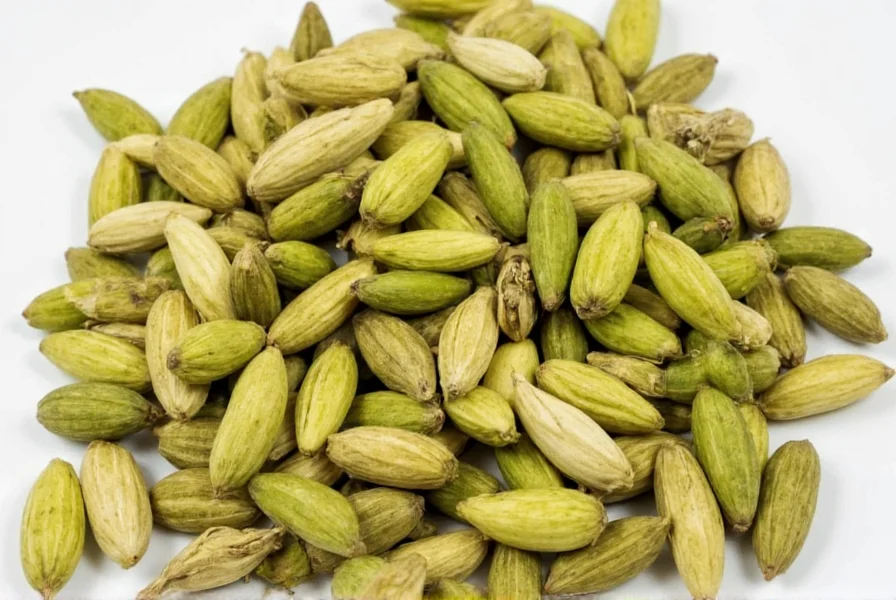Often called the "Queen of Spices," cardamom ranks as the world's third most expensive spice after saffron and vanilla. Its distinctive flavor profile—citrusy, floral, and slightly peppery—makes it indispensable in both sweet and savory dishes worldwide. Understanding what cardamom is and its various applications can transform your cooking and potentially benefit your health.
Understanding Cardamom: More Than Just a Spice
Cardamom originates from the lush forests of southern India, where it still grows wild today. Ancient Egyptians chewed cardamom seeds for fresh breath, while Vikings introduced it to Scandinavia during their travels. The spice made its way along trade routes to the Middle East, where it became essential in coffee and tea preparations.
Botanically speaking, is cardamom classified as a true spice? Yes—spices come from dried seeds, fruits, roots, or bark of plants, distinguishing them from herbs which come from leaves. Cardamom pods contain small black seeds that deliver the characteristic flavor when crushed or ground.
Types of Cardamom You Should Know
When people ask is cardamom available in different varieties, they're usually referring to these three primary types:
| Type | Scientific Name | Appearance | Flavor Profile |
|---|---|---|---|
| Green Cardamom | Elettaria cardamomum | Small green pods | Delicate, citrusy, floral |
| Black Cardamom | Amomum subulatum | Larger, dark brown pods | Smoky, camphorous, earthy |
| Madagascar Cardamom | Amomum tsao-ko | Rough, dark brown pods | Strong, medicinal, less floral |
Green cardamom represents approximately 70% of global cardamom production and is what most Western recipes call for when they simply say "cardamom." Black cardamom, with its distinctive smoky flavor, works better in savory dishes like Indian curries and Chinese five-spice powder.

What Is Cardamom Used For in Modern Applications
When exploring what is cardamom good for beyond flavoring food, you'll discover its versatility across multiple domains:
Culinary Applications
Chefs worldwide use cardamom in both sweet and savory preparations. In Scandinavian baking, it features prominently in breads and pastries. Middle Eastern cuisine incorporates it into coffee and rice dishes. Indian kitchens rely on it for biryanis and masala chai. Understanding is cardamom used in baking reveals its ability to enhance everything from cookies to cakes with its unique aroma.
Medicinal Properties
Traditional medicine systems have long valued cardamom. Research suggests potential benefits for digestion, as many wonder is cardamom good for digestion. The spice may help relax gastrointestinal muscles and reduce spasms. Studies also indicate cardamom contains antioxidants that combat oxidative stress.
When people ask is cardamom healthy, the answer involves both traditional knowledge and emerging science. While not a miracle cure, moderate consumption as part of a balanced diet shows promise for oral health, blood pressure regulation, and respiratory function.
How to Select and Store Cardamom Properly
For optimal flavor, understanding is cardamom better whole or ground matters significantly. Whole pods retain their essential oils much longer than pre-ground spice. Look for plump, brightly colored pods that feel heavy for their size—this indicates fresh, oil-rich seeds inside.
Store cardamom in an airtight container away from light and heat. Properly stored, whole pods maintain quality for 6-12 months, while ground cardamom loses potency within 3-6 months. For maximum flavor impact, crush the seeds just before use with a mortar and pestle or spice grinder.

Common Questions About Cardamom
Many people wonder is cardamom the same as cardamon—this is simply a common misspelling; both refer to the same spice. Others ask is cardamom safe during pregnancy; while culinary amounts are generally considered safe, medicinal doses should be avoided without medical consultation.
When considering is cardamom good for teeth, historical evidence supports its use for freshening breath, but modern dental professionals recommend proper oral hygiene over relying solely on spices for dental health.
Conclusion: The Enduring Value of Cardamom
Cardamom's journey from ancient Indian forests to global kitchen pantries demonstrates its remarkable versatility and enduring appeal. Whether you're exploring what is cardamom used for in traditional medicine or seeking to elevate your culinary creations, this spice offers something valuable. Its complex flavor profile, potential health benefits, and cultural significance make it worthy of its "Queen of Spices" title. By understanding what cardamom is and how to use it properly, you can unlock new dimensions in your cooking and potentially enhance your wellness routine.
Frequently Asked Questions
Is cardamom a seed or a pod?
Cardamom refers to both the pod and the seeds inside. The spice comes from the small black seeds contained within the pod. When recipes call for cardamom, they typically mean the seeds, which can be used whole, crushed, or ground.
Can I substitute cardamom in recipes?
Yes, but with flavor differences. For green cardamom, a mix of cinnamon, nutmeg, and cloves can work in a pinch. For black cardamom, try a small amount of smoked paprika with allspice. However, cardamom's unique flavor profile makes it difficult to perfectly replicate.
Is cardamom safe for daily consumption?
Yes, cardamom is generally safe when consumed in culinary amounts (typically 1-3 pods or 1/4-1/2 teaspoon ground). However, extremely high doses may cause digestive discomfort in sensitive individuals. As with any spice, moderation is key.
Does cardamom have caffeine?
No, cardamom itself contains no caffeine. However, it's commonly added to coffee and tea, which do contain caffeine. The spice enhances the flavor of these beverages without contributing any stimulant properties itself.
How can I tell if my cardamom has gone bad?
Fresh cardamom should have a strong, pleasant aroma and vibrant color. If the pods appear dull, feel lightweight, or have lost their fragrance, they've likely gone stale. Properly stored whole cardamom typically remains fresh for 6-12 months.











 浙公网安备
33010002000092号
浙公网安备
33010002000092号 浙B2-20120091-4
浙B2-20120091-4